A four-page assessment task covering occupations and sustainability in technology.
Use this assessment to monitor your students’ understanding of occupations and sustainabilities in Technology.
Answers for teachers are provided.
Updated: 20 Jul 2019
A four-page assessment task covering occupations and sustainability in technology.
Non-Editable: PDF
Pages: 7 Pages
Years: 2 - 6
Key Stage 2 (KS2) - Lower covers students in Year 3 and Year 4.
Pupils should be taught to: design, write and debug programs that accomplish specific goals, including controlling or simulating physical systems; solve problems by decomposing them into smaller parts; use sequence, selection, and repetition in progr...
Through a variety of creative and practical activities, pupils should be taught the knowledge, understanding and skills needed to engage in an iterative process of designing and making. They should work in a range of relevant contexts [for example, t...
Key Stage 2 (KS2) - Upper covers students in Year 5 and Year 6.
Pupils should be taught to: design, write and debug programs that accomplish specific goals, including controlling or simulating physical systems; solve problems by decomposing them into smaller parts; use sequence, selection, and repetition in progr...
Through a variety of creative and practical activities, pupils should be taught the knowledge, understanding and skills needed to engage in an iterative process of designing and making. They should work in a range of relevant contexts [for example, t...
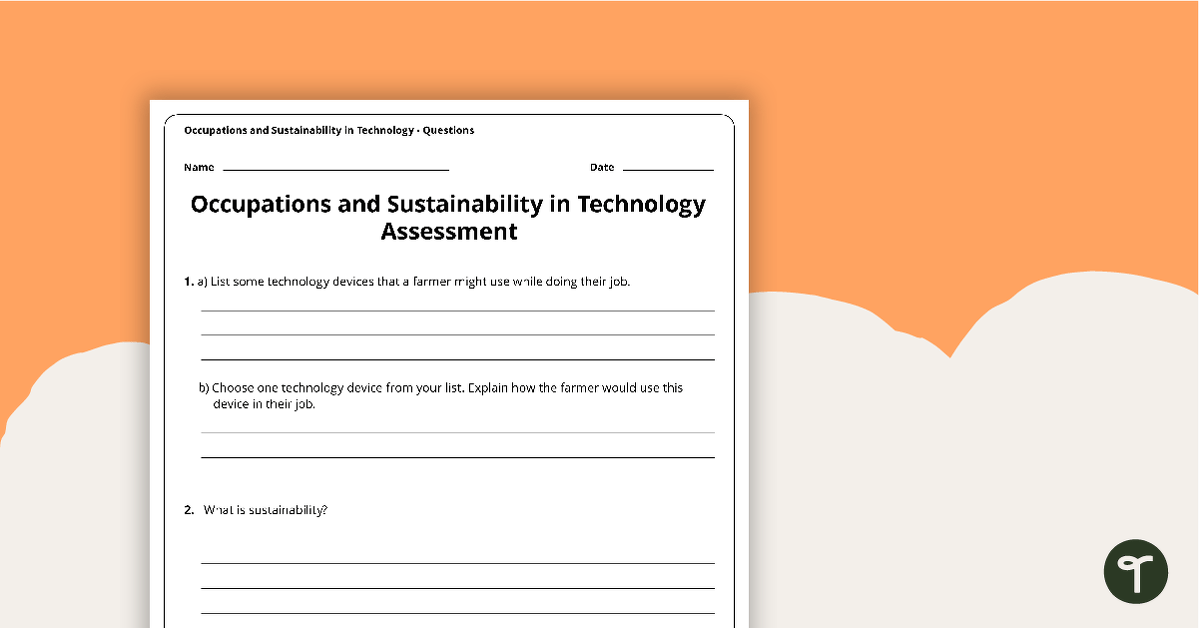
A four-page assessment task covering occupations and sustainability in technology.
Use this assessment to monitor your students’ understanding of occupations and sustainabilities in Technology.
Answers for teachers are provided.
Key Stage 2 (KS2) - Lower covers students in Year 3 and Year 4.
Pupils should be taught to: design, write and debug programs that accomplish specific goals, including controlling or simulating physical systems; solve problems by decomposing them into smaller parts; use sequence, selection, and repetition in progr...
Through a variety of creative and practical activities, pupils should be taught the knowledge, understanding and skills needed to engage in an iterative process of designing and making. They should work in a range of relevant contexts [for example, t...
Key Stage 2 (KS2) - Upper covers students in Year 5 and Year 6.
Pupils should be taught to: design, write and debug programs that accomplish specific goals, including controlling or simulating physical systems; solve problems by decomposing them into smaller parts; use sequence, selection, and repetition in progr...
Through a variety of creative and practical activities, pupils should be taught the knowledge, understanding and skills needed to engage in an iterative process of designing and making. They should work in a range of relevant contexts [for example, t...

We create premium quality, downloadable teaching resources for primary/elementary school teachers that make classrooms buzz!
Would you like something changed or customised on this resource? While our team makes every effort to complete change suggestions, we can't guarantee that every change will be completed.
Did you spot an error on this resource? Please let us know and we will fix it shortly.
Are you having trouble downloading or viewing this resource? Please try the following steps:
If you are still having difficulty, please visit the Teach Starter Help Desk or contact us .
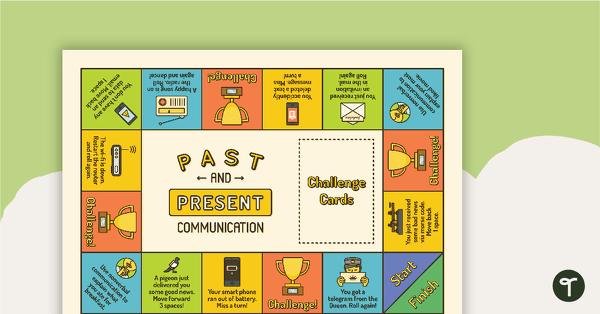
A fun and engaging board game to consolidate students' understanding of past and present communication devices.
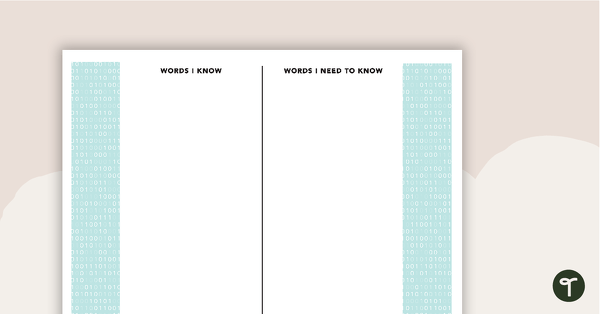
4 themed pages to use when learning about technology content vocabulary.
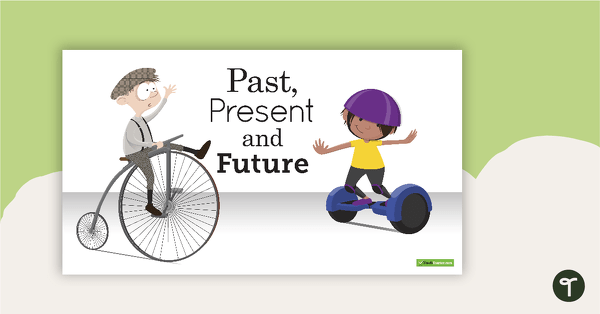
A 15 slide editable PowerPoint template to use when comparing toys from today with the past.
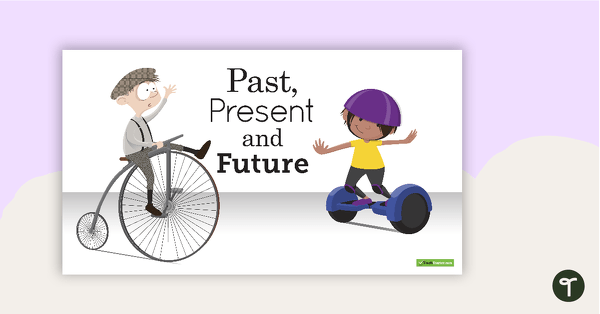
An 11 slide editable PowerPoint template to use when comparing different modes of transport and their uses from today with the past.
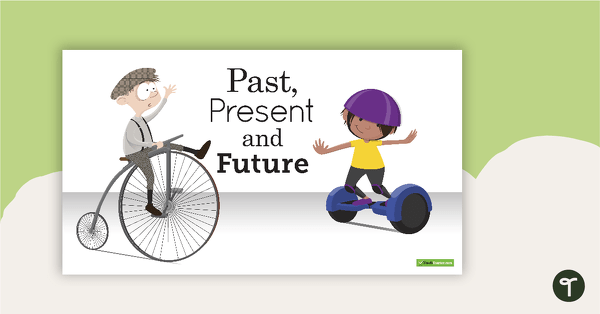
A 13 slide editable PowerPoint template to use when comparing present day communication devices and their uses with the past.
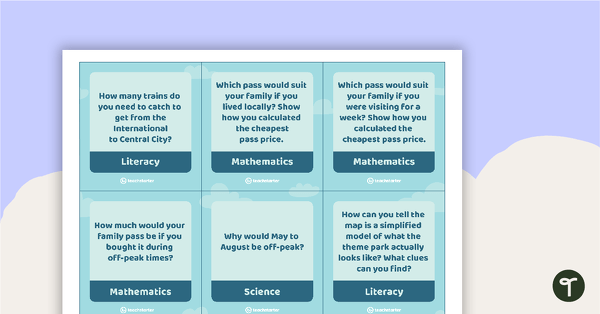
103 activity task cards based on the Five Wonders Theme Park stimulus posters.
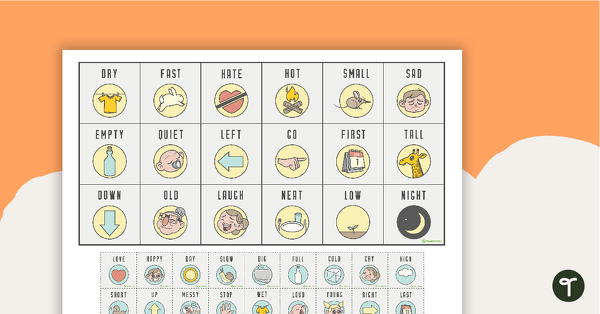
A coding robot mat focusing on different antonyms.
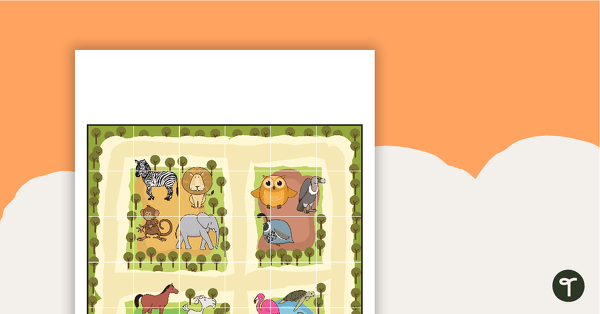
A coding robot zoo map with task cards.
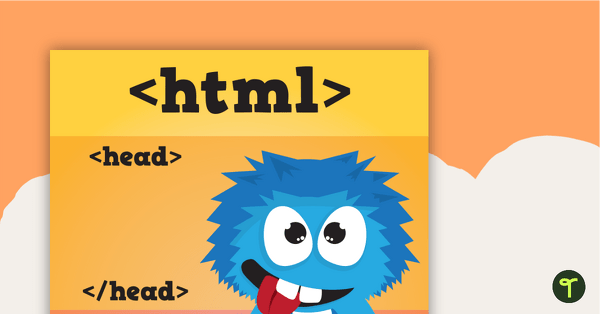
Use this HTML poster to give your students an overall understanding of the basic code that makes up a web page.
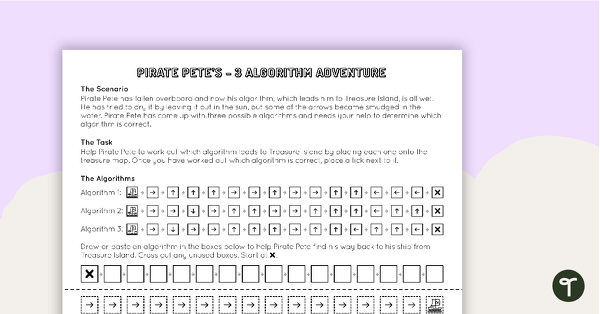
A worksheet for students to use when consolidating their understanding of algorithms.
0 Comments
Write a review to help other teachers and parents like yourself. If you'd like to request a change to this resource, or report an error, select the corresponding tab above.